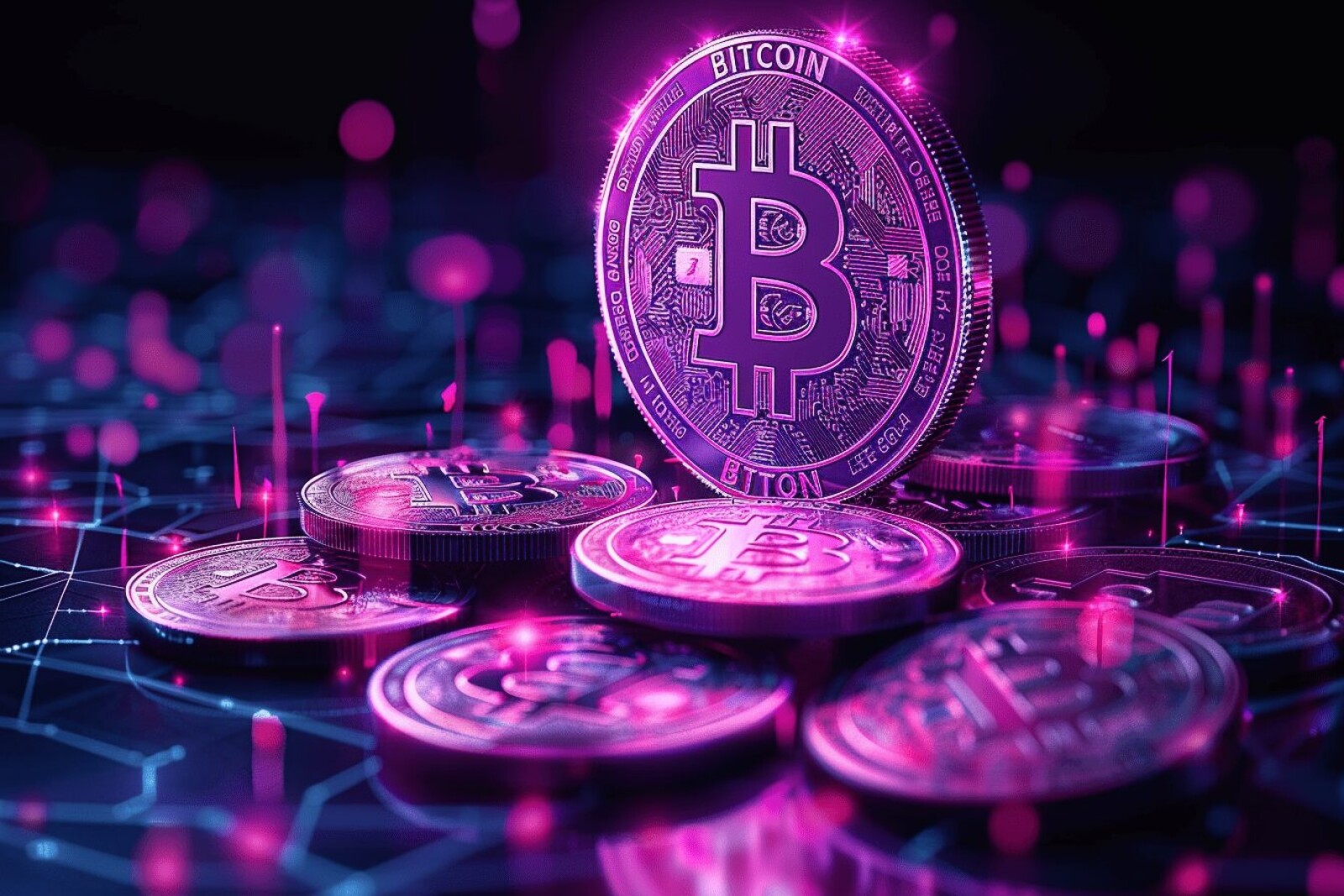
Alex Trustfield
RIO Token Surges Over 190% Amid Real World Asset Tokenization Hype

The RIO token, the native cryptocurrency of the Realio Network, has experienced a remarkable surge, climbing over 190% in recent weeks. This surge is driven by the growing interest in Real World Asset (RWA) tokenization, a trend that is capturing the attention of investors and industry players alike.
The Meteoric Rise of RIO
Since March 20, the price of RIO has skyrocketed from $0.8938 to as high as $2.522 by March 27, marking an impressive growth of 197%. This surge has been fueled by increasing investor interest in projects related to RWA tokenization, which aims to bridge the gap between traditional financial assets and blockchain technology.
Understanding Real World Asset Tokenization
Real World Asset (RWA) tokenization involves converting tangible assets, such as real estate and commodities, into digital tokens on a blockchain. This process democratizes access to investments by allowing smaller investors to purchase fractions of assets that were previously inaccessible. By breaking down geographical and financial barriers, RWA tokenization brings more liquidity into the market and expands investment opportunities for a broader user base.
Realio Network’s Role and Innovations
Founded in 2018 and headquartered in New York, the Realio Network is a decentralized finance (DeFi) marketplace focused on tokenizing real-world assets. By leveraging blockchain technology, Realio enables seamless and secure transactions of tokenized assets, promoting greater efficiency and transparency in the financial markets.
Market Reactions and Influences
The recent surge in RIO’s value can be partly attributed to significant developments in the broader RWA sector. A notable event was the launch of BlackRock’s Institutional Digital Liquidity Fund for USD, which spotlighted the potential of RWA tokenization. Following this announcement, the RIO token experienced a rapid increase in price, further bolstered by substantial transfers involving wallets associated with BlackRock’s fund.
Expert Insights and Future Projections
Crypto analysts are optimistic about the future of RIO and the RWA sector. Xremlin, a prominent crypto analyst, projects that the market for RWA tokenization could grow into a $16 trillion industry by 2023. This growth potential is seen as a key driver for the increasing value of tokens like RIO. Analysts predict that with continued advancements and broader adoption, the RIO token could see substantial growth in the coming years, possibly achieving 100x returns.
Community and Market Dynamics
The RIO token has seen a significant increase in 24-hour trading volume, which has grown by 105%, and its market capitalization has risen by over 24% to $16.7 million. These metrics indicate strong market confidence and active trading, reflecting the positive sentiment around the Realio Network and its potential to revolutionize asset tokenization.
Challenges and Considerations
While the prospects for RIO and RWA tokenization are promising, there are challenges to consider. Regulatory hurdles, technological adoption, and market volatility remain critical factors that could impact the growth trajectory of these innovations. Ensuring robust security measures and maintaining compliance with evolving regulations will be crucial for sustaining investor confidence and fostering long-term growth.
Conclusion
The RIO token’s impressive surge of over 190% highlights the growing enthusiasm and potential within the Real World Asset tokenization space. As the Realio Network continues to innovate and expand its offerings, it stands at the forefront of a transformative movement in the financial industry. The convergence of blockchain technology and traditional assets promises to unlock new opportunities and efficiencies, making RIO and similar tokens key players in the future of decentralized finance. As the market continues to evolve, the ongoing developments and strategic initiatives within the RWA sector will be critical to watch, providing valuable insights into the next phase of digital asset innovation.














